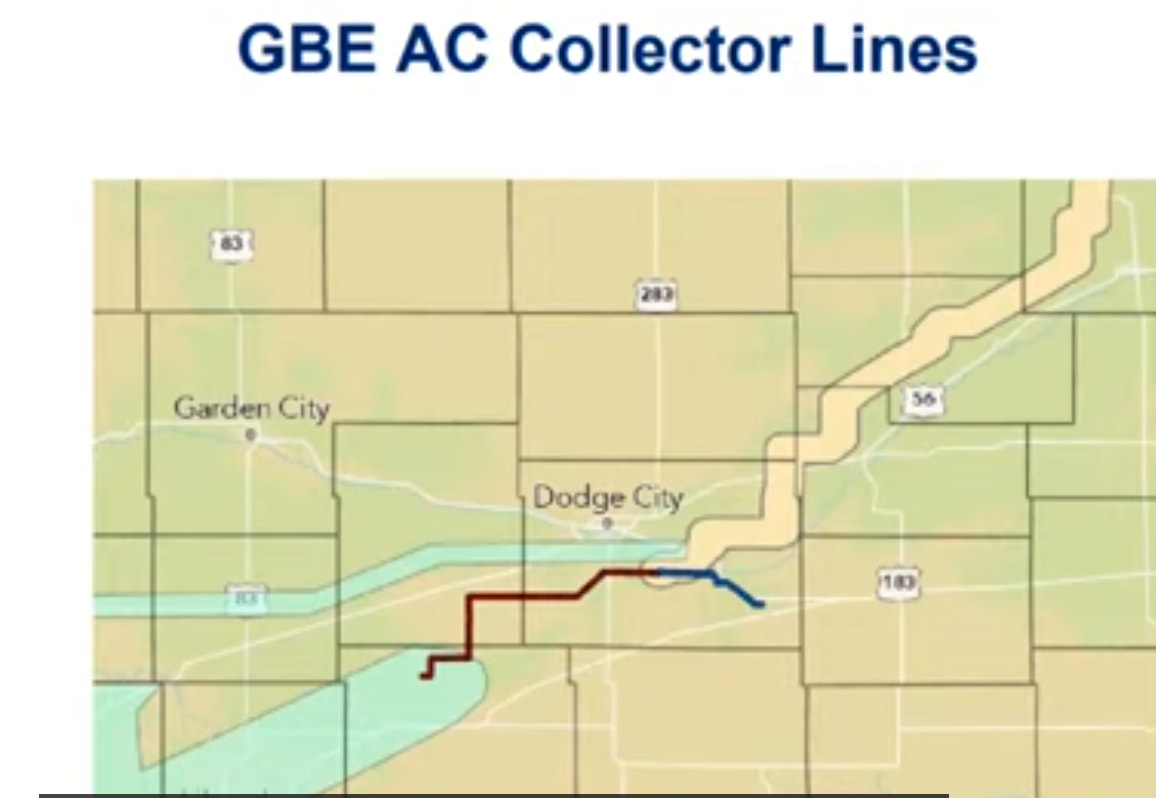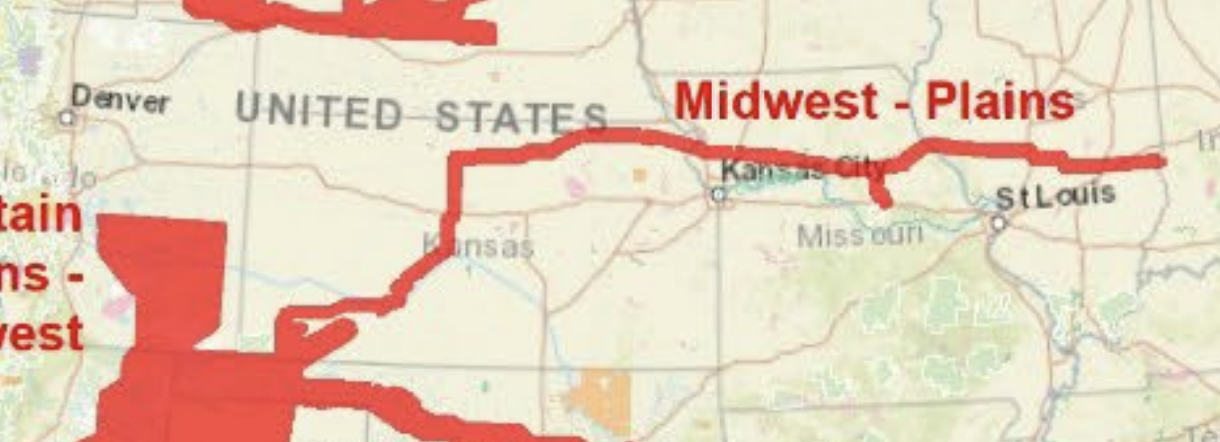First, let's take a look at those self-proclaimed "advocates" who shopped this article to the USA Today reporter. The "advocates" do not have a mission or responsibility to advocate for electric consumers. Their mission is simple.
By disseminating our information to media, allies, and decision makers, we seek to disrupt fossil fuel-funded misinformation, separate polluters from policymakers, and accelerate the transition to a clean economy.
The charges in the electric bill you pay are determined by two different places: your state utility board and the Federal Energy Regulatory Commission. Your state determines the rate you pay for generation and distribution, and FERC determines how much you pay for transmission. Both systems already prohibit the recovery of money paid for lobbying, campaign money, and bribes. What these climate change fanatics are doing is exploiting certain utility accounting failures to pretend they happen routinely. No, they do not. All the examples are one off instances of regulatory failure that were not uncovered by these self-proclaimed "advocates," but by REAL consumer advocates and even by actual consumers themselves.
Utility accounting is complicated, but I managed to master it over a number of years when I actively investigated a utility's recovery of advocacy and advertising costs to influence public officials to approve a transmission project. I investigated, I challenged, I went through hearings, and I ended up before the DC Circuit Court of Appeals. Over that time period, I learned all there is to know about FERC's ratemaking process.
Utilities record their expenses according to a chart of accounts. A chart of accounts separates and organizes a utility's expenditures by type or purpose. Each category of cost is defined in the chart of accounts. A chart of accounts describes the different categories of expenses. Here's FERC's Chart of Accounts. States use a very similar system based on FERC's chart for consistency. Rates are set based on these cost categories from the Chart of Accounts.
At the state level, distribution utilities (the ones who send you your monthly bill) use what are known as stated rates. A stated rate is a dollar figure set by the state commission after examining a utility's typical expenses for a test year. Once the rate is set, the dollar figure doesn't change until a new rate case is filed many years down the road. The utility gets the same set amount of money every year and how it spends it is the utility's business. Certain categories of costs such as lobbying, campaign contributions, and bribes are excluded from the rate. The Chart of Accounts instructs that these expenses be placed into accounts that are not recoverable in rates. However nobody is checking because it's a moot point... the amount collected cannot change.
Transmission rates that are set at FERC end up billed to your distribution utilities to be passed on to you in your bill. The distribution utility and the state commission cannot change these rates but must pass them through to your bill without adjustment.
At FERC, transmission utilities use what are known as Formula Rates. A formula rate is a set of tables that the utility fills out each year with account totals according to its Chart of Accounts. The formula is the rate, not a set dollar amount. All accounts, such as the one for lobbying and political contributions (bribes aren't legal and don't have an account), is either included or excluded from the formula rate. The formula rate excludes these types of accounts from recovery. Once FERC sets a formula rate, the utility is responsible for filling out the formula every year and calculating a monetary amount that it can recover as a rate. The utility must do this in accordance with the Chart of Accounts and the formula. The utility can then recover that amount without further supervision because the formula and Chart of Accounts limits recovery. FERC does not review or approve the yearly filings. They go into affect automatically.
However, there is transparency where anyone who pays these rates (and their legal advocates from the various states) can examine the charges that flow through the formula into rates. If an error is detected, the ratepayer can challenge the rate and FERC may order corrections.
The real problem here (and in any rate process) is the process of assigning account numbers to expenses. Since some accounts are recoverable and some are not, assigning an expense to an incorrect account can make it recoverable in error. Utilities have A LOT of these errors.
The way to keep these inappropriate expenses out of consumer electric bills is to actually examine and challenge rates, however the "advocates" can't be bothered to do that. It's a lot of work.
Back in 2021, these "advocates" and some other clean energy and progressive political groups asked FERC to change the way its formula rates handle industry trade association dues. They claimed FERC should make these unrecoverable and require the utility to get special permission to recover them during an approval process that doesn't exist for formula rates. FERC opened a rulemaking proceeding (Docket No. RM22-5) to consider making changes. These "advocates" and friends wanted FERC to require disclosure of all trade group expenditures and other political contributions so that it could easily use this information in anti-utility public relations campaigns. They didn't want to have to waste time using the investigative process to find out information they could use against utilities, they wanted it handed to them on a silver platter. They filed all sorts of cute suggestions that demonstrated their complete ignorance of FERC's ratemaking process. FERC is supposed to destroy a system that works in order to play politics with special interest groups? I filed initial and reply comments with a couple of other ratepayers who had successfully challenged transmission rates. You can read them here
| rm22-5_final.pdf |
| rm22-5_reply_comments_final.pdf |
But the political schemers weren't done yet. They took their manufactured complaints to state legislatures and told elected officials that they needed to change the ratemaking process to prevent the inclusion of lobbying, bribes, and campaign contributions in rates. Because legislators know even less about utility ratemaking than the advocates, they were easily led by the nose. You'd think the legislators would ask the state utility commissions and real ratepayer advocates if these changes were a good idea, but apparently not in at least three states where political special interests rule the legislature.
And they even got one Congress critter to file their legislation on the federal level. It's an eye-watering display of micro-management of utility ratemaking that really doesn't change anything because none of it is workable. The legislation attempts to change FERC's Chart of Accounts, which is a regulation written and approved by the Commission. Legislators pass laws that do something or other... and regulators write regulations that define the process by which the agency will carry out the law passed by Congress. Congress rarely gets into the weeds with this kind of detail because it is not an expert on ratemaking. It wisely leaves the details to the experts. However, that's not what happened here. The "advocates" and their liberal political friends wrote the regulations they way they wanted them to be (usurping FERC's authority to write its own regulations) and then sent them to their Congressional pet for passage. This is a stunningly bad idea. Fortunately, it appears that the federal legislation has been DOA for more than a year.
Wake up, folks! These political schemers have no business destroying the system that sets the electric rates you pay. They don't know how the system works!
Don't believe everything you read in the main stream media these days. It is often the brain farts of idiots.




 RSS Feed
RSS Feed